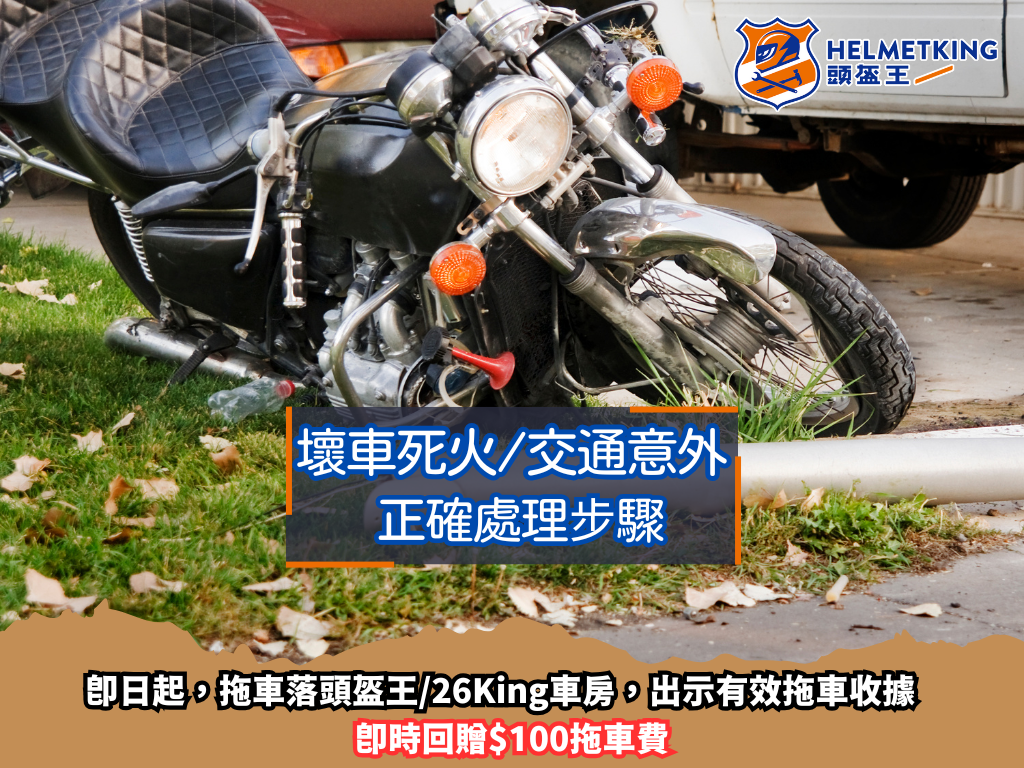
[Knight Completion Plan] Procedures for Breakdowns and Traffic Accidents
on 2025-12-11
2022-02-25
The biggest difference between a motorcycle and a private car is that in a private car, the loss of grip of a ship may only be a slight slip, and no accident may necessarily occur. However, only two wheels of a motorcycle touch the ground. No matter the front wheel or the rear wheel, as long as one of the tires loses grip, it may lead to serious accidents. Among them, correct tire maintenance will be the key to maintaining good grip. However, even if the tires are properly maintained, if the rider's brakes are not operated properly and the braking force is not distributed correctly, the tires may lock up and lose grip, resulting in a car fall. In view of this, Helmet King, who is concerned about your driving safety, hopes to take this opportunity to talk about some basic knowledge of motorcycle brake operation. In addition, you can also share today's article with all your friends who have improved their knowledge of motorcycle riding, so that everyone can enjoy the fun of riding motorcycles more safely.
Special statement: The content of this article is mainly aimed at the riders who mainly need to use the general road to enjoy the fun of driving motorcycles safely, not the teaching of advanced riding skills with the ultimate goal of racing.
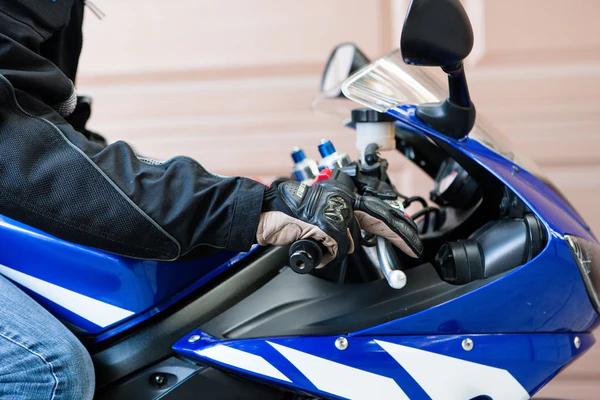
First of all, let’s talk about the front brake. Due to the relationship between the car body structure and physical principles, the front brake is more important than the rear brake when braking in a “straight line”. When braking in a straight line, the ratio of the front and rear brakes is best to use the power distribution ratio of front 7: rear 3. Especially in emergency braking, don't rely on the rear brake alone. The braking distance of the rear brake alone will be much longer than the braking distance of the front and rear brakes. Sometimes there is only a small distance between whether something happens or not . Many novice riders mistakenly think that the front wheels are responsible for steering and should try to avoid using the brakes when they first start on the road, but if it is on a normal, straight road, such a concept is really wrong! If your friends have the misconception that you should only use the rear brake when braking in a straight line, remember to correct it!
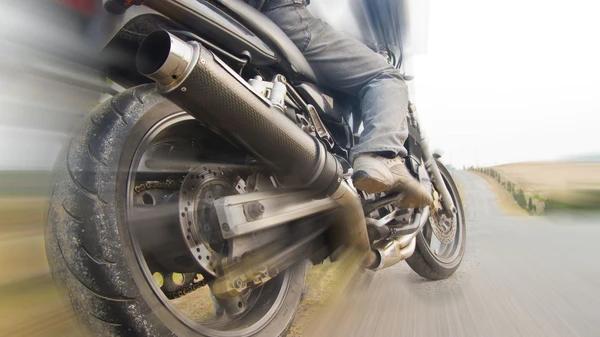
So, when is the right time to use the rear brake? The answer is in the corner. First of all, we must know that braking in the middle of a corner should only be done when you have to. The correct cornering method should be to adjust the speed of the car to a suitable speed before entering the corner, and then enter the corner. The body dynamics and environment of a motorcycle when cornering are actually quite complicated. Braking indiscriminately may cause the body dynamics to lose control or the tires/shock absorbers to exceed the limit and lock up. However, if you really need to brake in a corner, please remember to focus on braking later. This is because when cornering, the front wheels will bear a large steering pressure. Using the front brake may cause the front wheel tires or front shock absorbers to exceed the limit, resulting in lockup, and the result of front wheel lockup is almost always a car accident ( Unless you have riding skills like Martian MM93 ). Even if it does not cause the tires to lock up, using the front brake in the corner will make the motorcycle body return to normal, and it will not be able to turn on the original route. Usually, the motorcycle will rush to the opposite line, which is very dangerous. So if you really need to brake mid-corner to adjust your speed, use the rear brake first and try to avoid using the front brake.

In addition, friends who use the rear brake should pay more attention to mastering the speed. Because the rear brake of the wave car is driven by the power of the feet, and the power that the feet can exert is often greater than that of the hands. Compared with the front brake that is controlled by hand, the rider is more likely to accidentally use a "strong foot" when using the rear brake, so that the excessive braking force will cause the rear brake to be too strong and lock the rear wheel. Although the driving safety risk caused by rear wheel locking and skidding is slightly lower than that of front wheel locking, and it is not as terrible as losing control of front wheels, it is not something that every rider can control. The best way is to learn to pay attention to and feel how much brake force should be given under different speeds and conditions through practice again and again, and try to avoid any brake operation errors. This is the best way to improve your riding skills.
On more complex road conditions such as mountain roads, uphill and downhill, the center of gravity and dynamics of the motorcycle will be more complicated, and more attention should be paid to the cooperation of the front and rear brakes. Clear brake ratio distribution. However, in the case of emergency braking on an uphill/downhill slope, the rear brake can be dominant when going uphill due to the distribution of the center of gravity; while the opposite is true when descending, the front brake should be dominant.
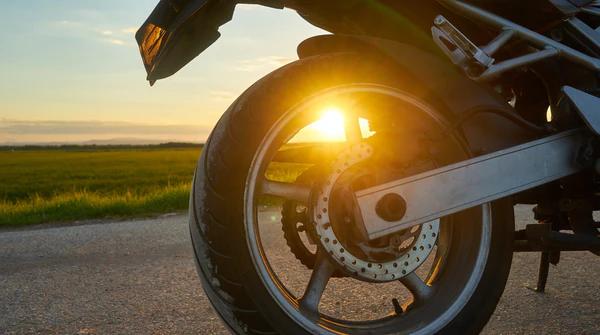
Finally, I will briefly summarize the operation knowledge of the front brake of the motorcycle for everyone. When braking in a straight line, the rider should apply the braking force at the ratio of 7:3 at the front , while the wave rider can pay special attention to whether the force of the foot is too strong when using the rear brake, and learn to adjust the force slowly. When cornering, the rider should try to avoid any braking action, but if there is a need to adjust the speed, please adjust the brakes later, and should not intervene in any way with the front brakes. Helmet King’s brake operation knowledge comes to an end here first. Friends who are interested in learning more about the correct operation of motorcycles can refer to the extended reading article below! If you have friends who have just joined the motorcycle industry, you can also share relevant articles with them!

on 2025-12-11
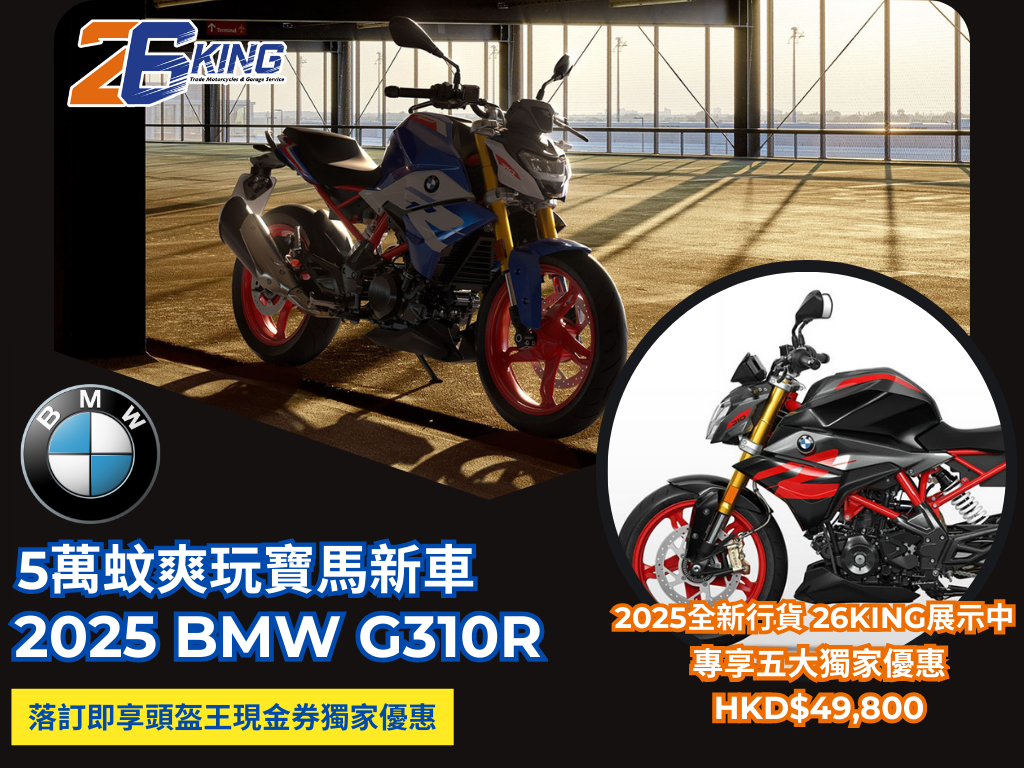
on 2025-12-07

on 2025-12-04

on 2025-11-29
